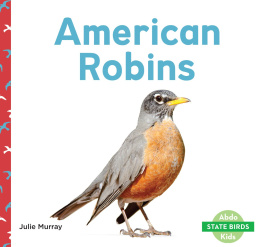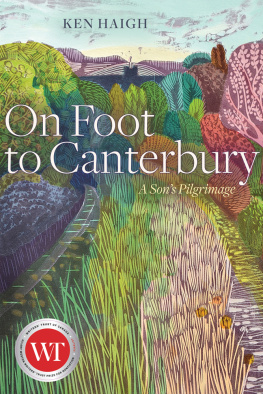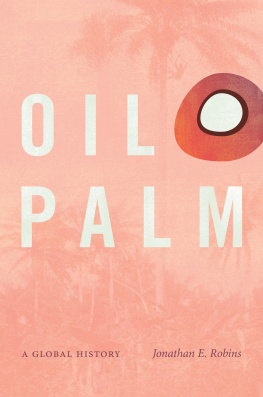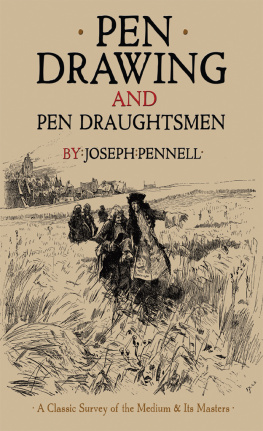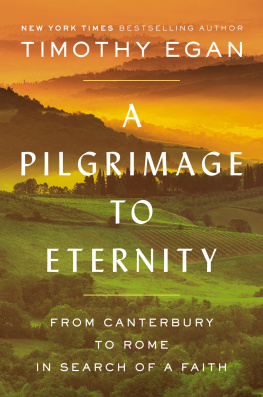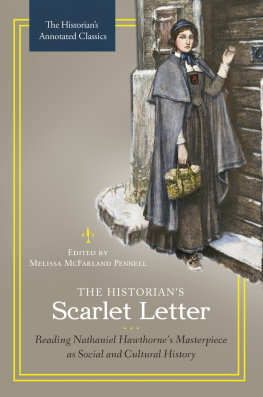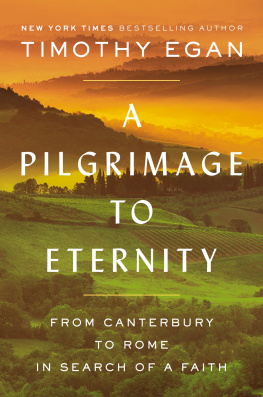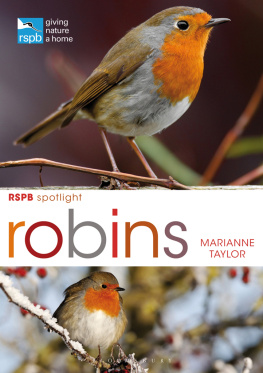| Note: | Images of the original pages are available through Internet Archive. See http://www.archive.org/details/canterburypilgri00penniala |
A Canterbury Pilgrimage
This work is Copyright in England and America.
A Canterbury
Pilgrimage.
Ridden, written, and illustrated
by Joseph and Elizabeth Robins Pennell.
London: Published by Seeley and Company,
xlvi. xlvii. xlviii. Essex Street. Mdccclxxxv.
TO
Mr. Robert Louis Stevenson,
We, who are unknown to him,
dedicate this record of one of our short
journeys on a Tricycle,
in gratitude for the happy hours we have spent
travelling with him and his Donkey.
We do not think our book needs an apology, explanation, or preface; nor does it seem to us worth while to give our route-form, since the road from London to Canterbury is almost as well known to cyclers as the Strand, or the Lancaster Pike; nor to record our time, since we were pilgrims and not scorchers. And as for non-cyclers, who as yet know nothing of time and roads, we would rather show them how pleasant it is to go on pilgrimage than weary them with cycling facts.
Joseph Pennell .
Elizabeth Robins Pennell .
36 Bedford Place ,
May 14th, 1885.
First Day
Folk do go on Pilgrimage through Kent.
A
CANTERBURY PILGRIMAGE
It was towards the end of August, when a hot sun was softening the asphalt in the dusty streets of London, and ripening the hops in the pleasant land of Kent, that we went on pilgrimage to Canterbury. Ours was no ordinary journey by rail, which is the way latter-day pilgrims mostly travel. No. What we wanted was in all reverence to follow, as far as it was possible, the road taken by the famous company of bygone days, setting out from the hostelrie where these lordings lay one night and held counsel, making stations by the way at the few places they mention by name, and ending it, as they did, at the shrine of the holy, blissful martyr, in the Canterbury Cathedral. How better could this be done than by riding over the ground made sacred by them on our tricycle?
Our only Race.
And so it came to pass that one close, foggy morning, we strapped our bags to our machine and wheeled out of Russell Square before any one was stirring but the policeman, making his last rounds and trying door after door. Down Holborn and past Staples Inn, very grey and venerable in the pale light, and where the facetious driver of a donkey-cart tried to race us; past the now silent and deserted cloisters of Christs Hospital, and under Bow Bells in Cheapside; past the Monument of the famous fire, and over London Bridge, where the mist was heavy on the river and the barges showed spectre-like through it, and where hucksters greeted us after their fashion, one crying, Go in, hind one! I bet on you. Youll catch up if you try hard enough! and another, How are you there, up in the second story? A short way up the Borough High Street, from which we had a glimpse of the old red roof and balustraded galleries of the White Hart; and then we were at the corner where the Tabard ought to be. This was to have been our starting-point; but how, it suddenly occurred to us for the first time, could we start from nothing? If ours had no beginning, would it be a genuine pilgrimage? This was a serious difficulty at the very outset. But our enthusiasm was fresh. We looked up at the old sign of Ye Old Tabard, hanging from the third story of the tall brick building which has replaced Chaucers Inn. Here, at least, was something substantial. And we rode on with what good cheer we could.
Then we went for some distance over the Old Kent Road, which is laid with Belgian pavinginvented, I think, for the confusion of cyclers, and where in one place a Hansom cab blocked the way. In endeavouring to pass around it our big wheel ran into the groove of the track, and we had to dismount and lift it out. The driver sat scowling as he looked on. If he had his way, he said, he would burn all them things. We came to Deptford, or West Greenwich, at half-past seven, the very hour when mine host and his fellows passed. So, in remembrance of them, we stopped a few minutes opposite a little street full of old two-storied houses, with tiled roofs and clustered chimney-pots and casement windows, overtopped by a distant church steeple, its outline softened in the silvery mist, for the fog was growing less as we journeyed onwards. At the corner was an Inn called the Fountain, and as a man who talked with us while we rested there said that an old fountain had stood in the open space near by, it pleased us to think that here had been one of the Waterings of Saint Thomas where pilgrims to the shrine made short halts, and that perhaps it was at this very spot that Davy Copperfield, a modern pilgrim who travelled the same road, had come to a stop in his flight from the young man with a donkey-cart. A little way out of Deptford we came to Blackheath, where sheep were peacefully grazing, rooks cawing overhead, and two or three bicyclers racing, and where a woman stopped us to say that Thats the ouse of Prince Harthur yander, and onst the Princess Sophia stayed in it on her way to Woolwich, and she pointed to the handsome brick house to our left.
The Pilgrims are Chased by Dogs.
After Blackheath the mist vanished, and the sun, gladdened by the sweet air, shone on the fields and woods, and the ugly barracks and pretty cottages by which we wheeled. Red-coated soldiers turned to look and dogs ran out to bark at us. In the meadows men and women leaned on their hoes and rakes to stare. From tiny gardens, overflowing with roses and sunflowers, children waved their delight. London was many miles behind when, at a few minutes before nine, we drew up on the bridge at Crayford.
It seemed at first a sleepy little village. The only signs of life were on the bridge. Here about a dozen men were smoking their morning pipes, and as many boys were leaning over the wall, lazily staring into the river below, or at the cool stretches of woodland and shady orchards on the hillside beyond. But presently, as we waited, the village clock struck nine, and at once the loud bell in the factory on the other side of the little river Cray began to ring. One by one the older loungers knocked the ashes from their pipes and passed through the gate. The boys lingered. But their evil genius, in the shape of an old man in a tall white cap, came out, and at his bidding they left the sunshine and the river and hurried to work. A man with a cart full of shining onions went by, and we followed him up a hilly street, where the gabled and timbered cottages seemed to be trying to climb one over the other to reach a terrace of shining white houses at the top. The first of these was but one-storied, and its tall chimney-pot threw a soft blue shadow on the higher wall of the house next to it. On a short strip of ground which stretched along the terrace patches of cabbages alternated with luxuriant crops of weeds. In one place there were stalks of pink hollyhock and poles covered with vines, and in the windows above were scarlet geraniums. About them all there was a feeling of warmth and light, more like Italy than England. J. took out his sketch-book. Several women, startled by the novelty of strangers passing by, had come out and were standing in their small gardens. When they saw the sketch-book they posed as if for a photographerall except one old woman, who hobbled down the street, talking glibly. Perhaps it was as well we did not hear what she said, for I think she was cursing us. When she was close at our side and turned, waving her hands to the other women, she looked like a great bird of ill-omen. Go in! go in! she croaked: hes takin of yere likenesses. Thats wot hes arter! Her wrath still fell upon us as we wheeled out of Crayford.



